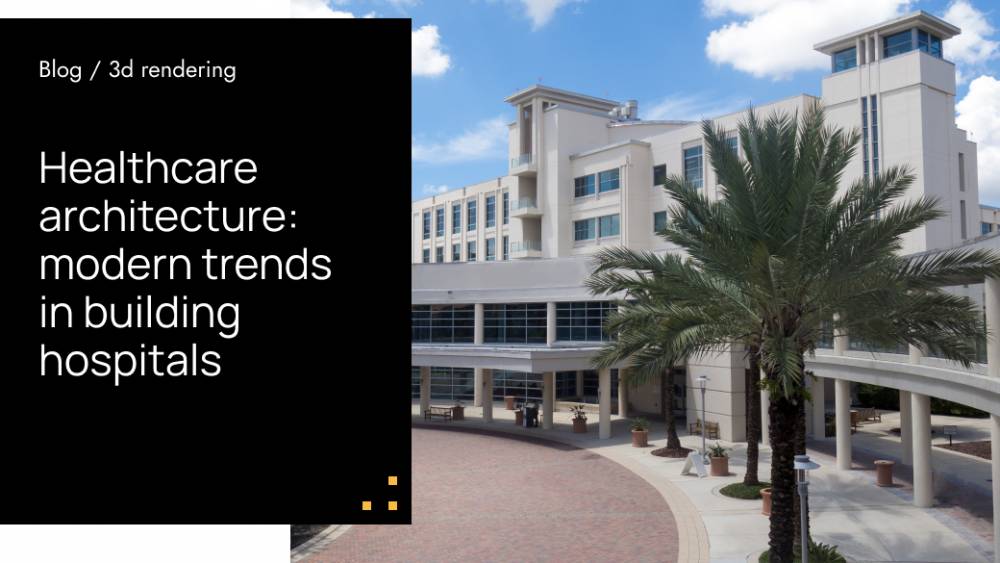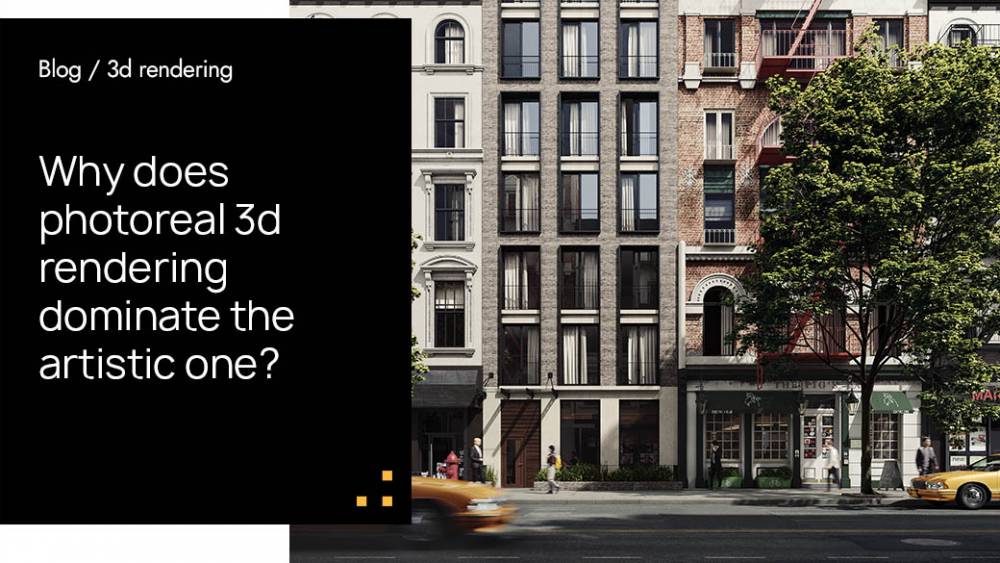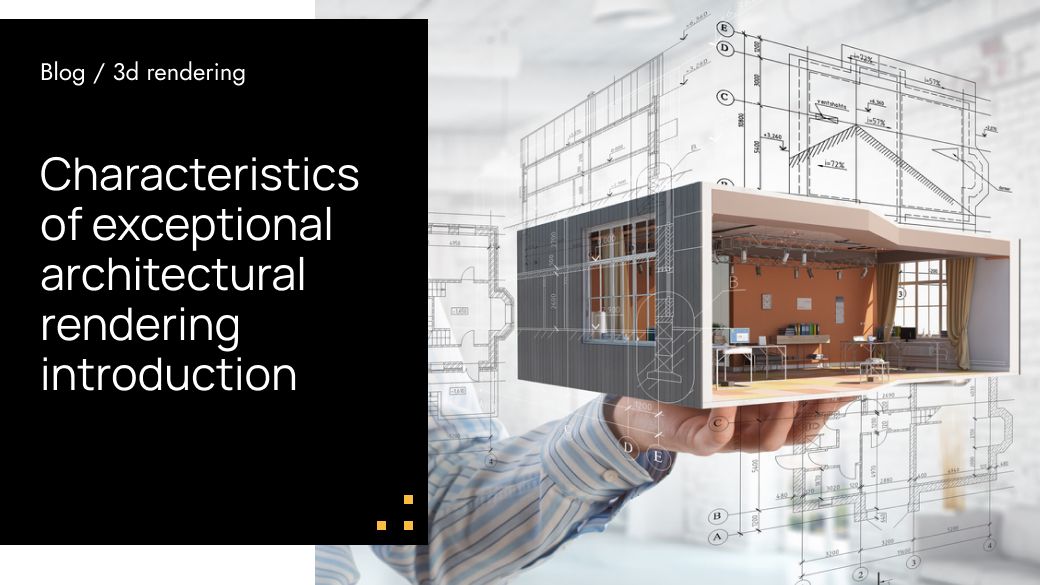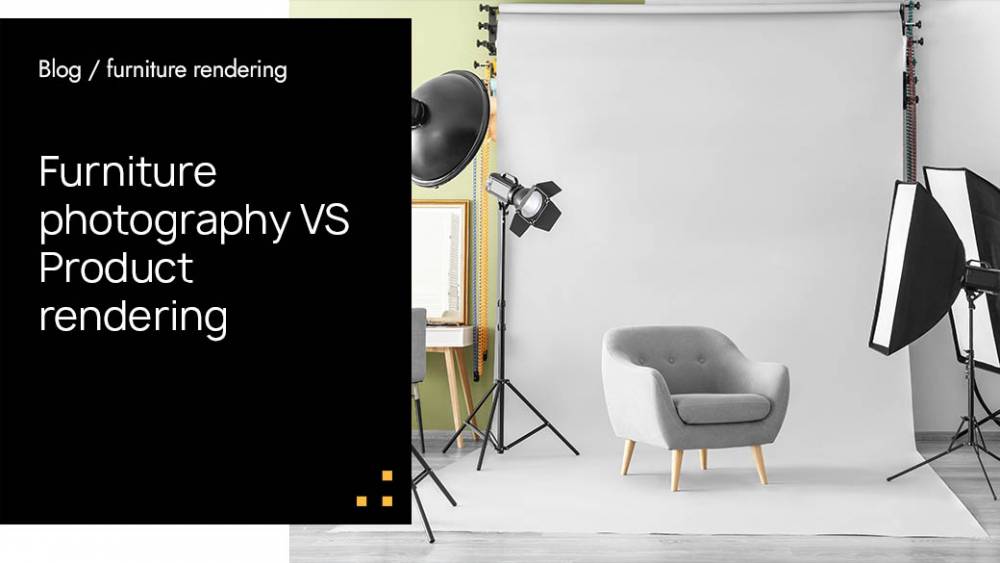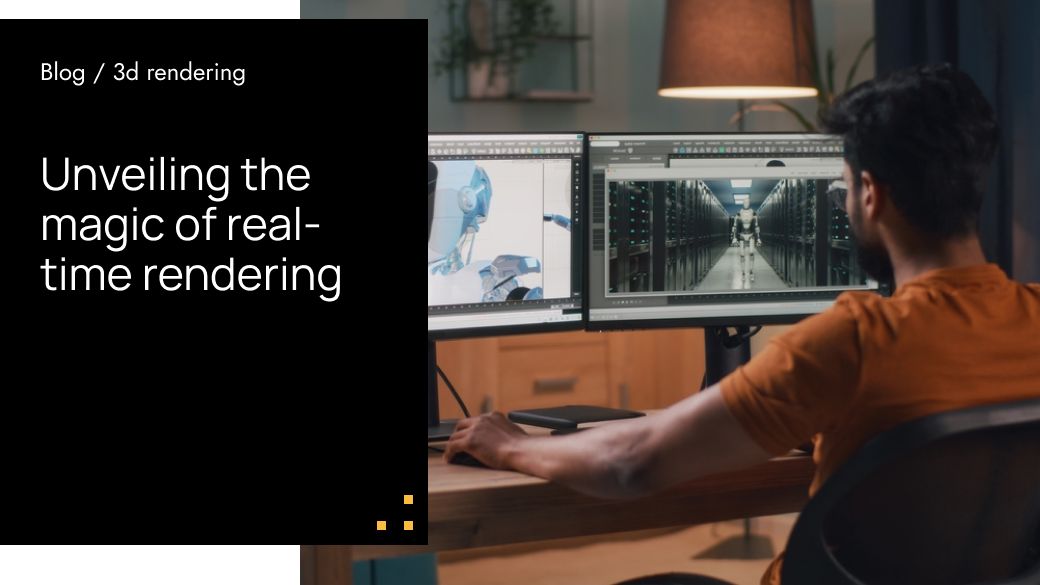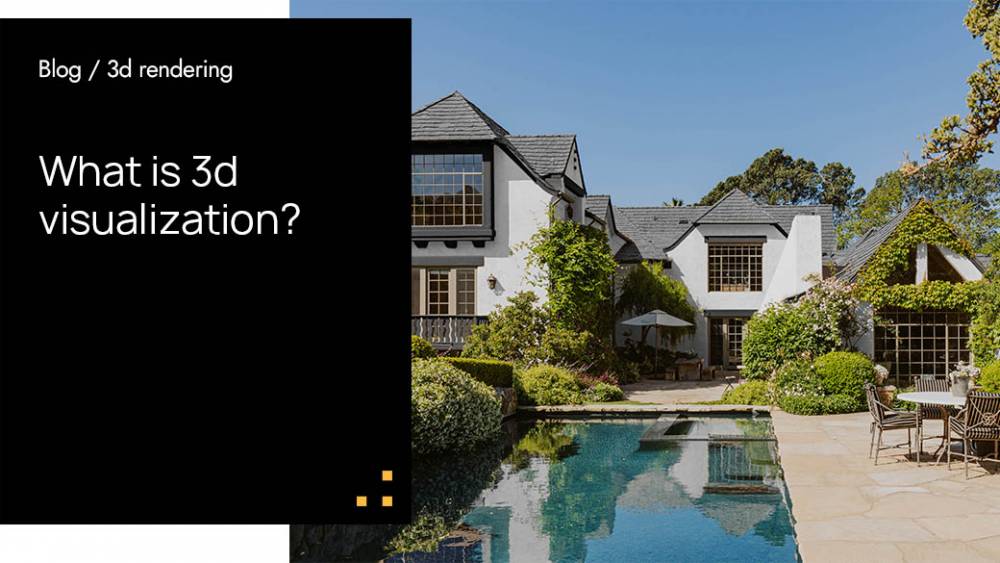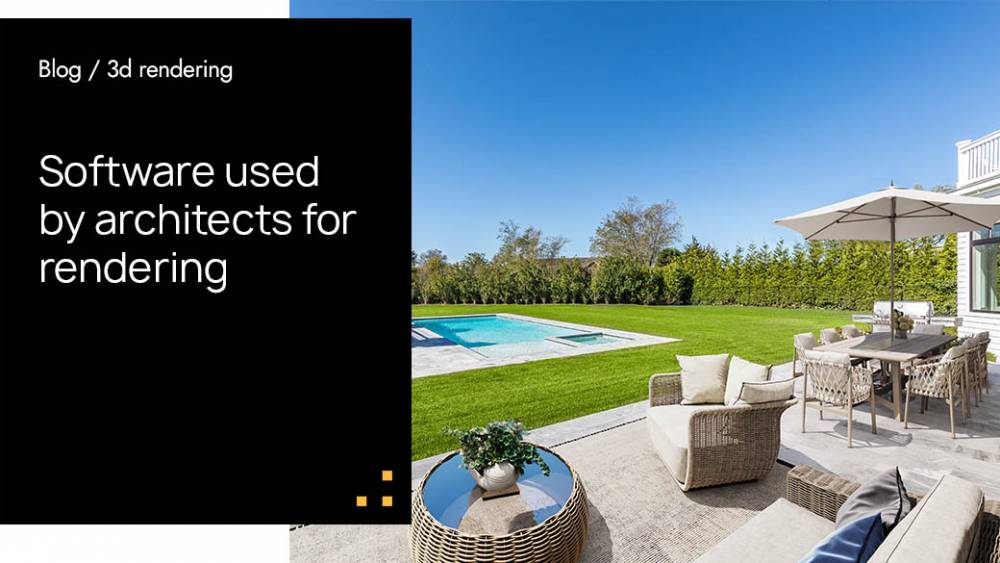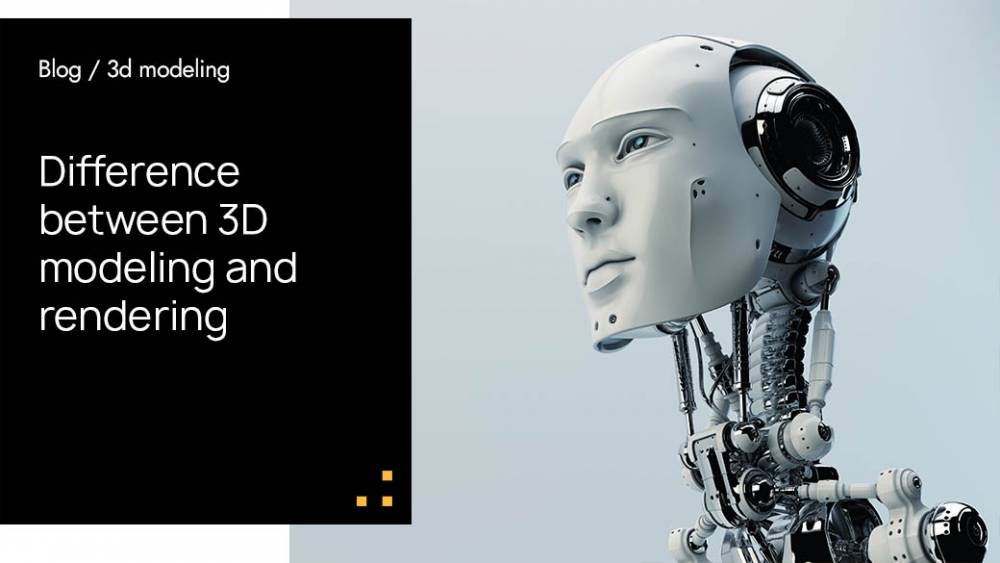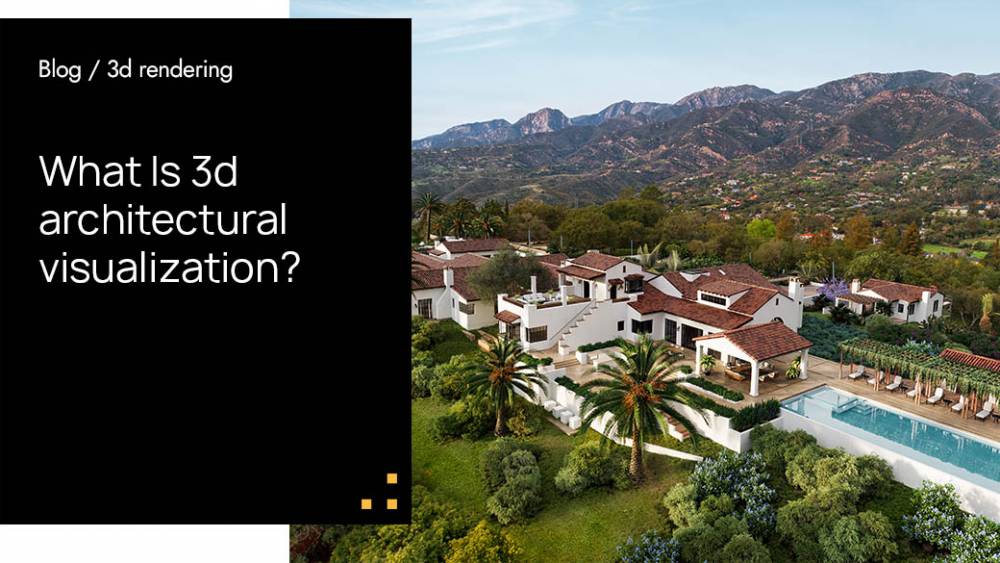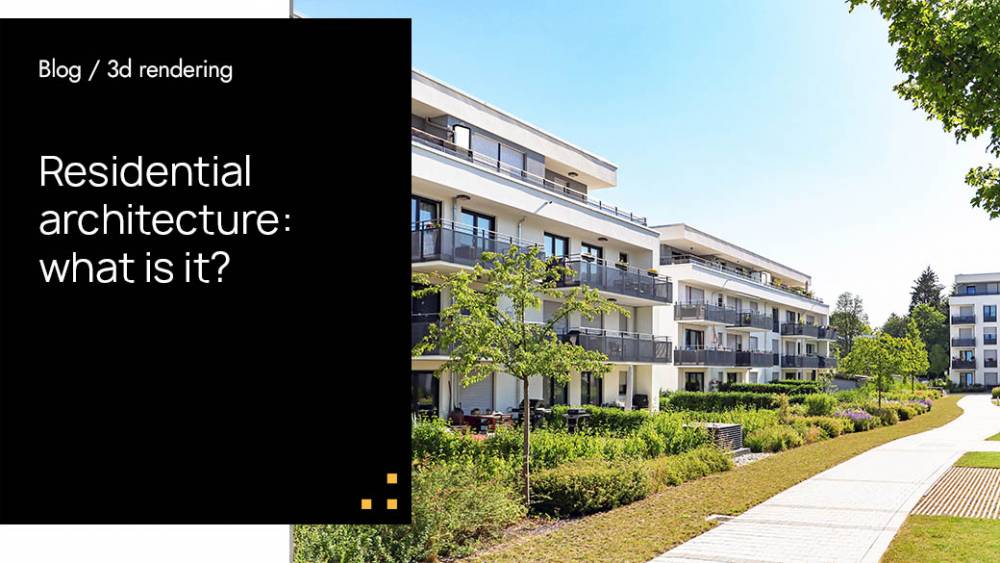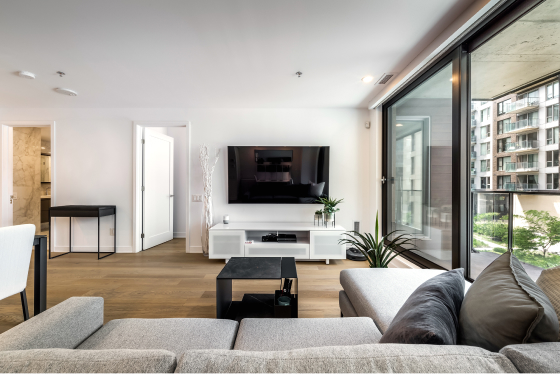Healthcare Architecture: The Science of building hospitals

One of the directions in traditional architecture is devoted to the development of healthcare project designs. It means architects should design buildings where people take care of others. Usually, these are complex projects that require architects to plan everything to the smallest details taking a patient from the entrance and waiting room to the surgery, laboratory or cafeteria, for example.
What makes healthcare architecture design challenging?

A professional who will work on this project should create a design pleasant not only for patients but also for doctors and nurses. All these people have to spend lots of time there, so this place should provide them with a good level of comfort.
An important aspect in the development of healthcare designs is infrastructure. It should not only have several entrances, spacious parking space, a special road line for ambulances but also be configured well enough to meet strict energy and light requirements and have additional sources of energy in case of breakdowns.
6 Trends to consider in modern healthcare projects

Taking care of health is a never-changing trend followed by people for centuries. This leads to the constant development of this field and the introduction of new innovative approaches not only in medicine but also in architecture. Meeting the demands of modern healthcare direction is impossible without consideration of the following trends:
1. Prevention of overcrowding

Both patients and hospital staff deserve to have enough space for treatment and work. It sets a number of tasks for architects including the development of more wards that will contain everything necessary for comfortable treatment, functional floorplans for traffic flow, enough physical space for performing job responsibilities, accommodating family members of sick people, etc.
2. Personalized wards

Previously, it was acceptable to care about several patients in one ward, but nowadays patient’s comfort is a priority. These rooms should be more personalized and provided with communication tools, customizable digital signage, storage spaces, room for equipment, etc.
3. Focus on the construction of micro hospitals
They are more accessible and can provide patients with a full range of services without a necessity to travel far away.
4. Adding reacreational features
Pale white walls do not raise mood and never encourage to struggle with the existing issues. Therefore, modern hospitals should provide better hospitability, offer a more vivacious color palette, have large windows to make rooms light and full or sunshine, etc.
5. Room scalability
It should be possible to adapt a room to many visitors, so it is necessary to provide wards with convertible furniture, simple but functional interior design, etc. One more important aspect is taking care of every space in the hospital: all materials used should be not only safe but also easy to clean, maintain, and care about.
6. Proximity to nature
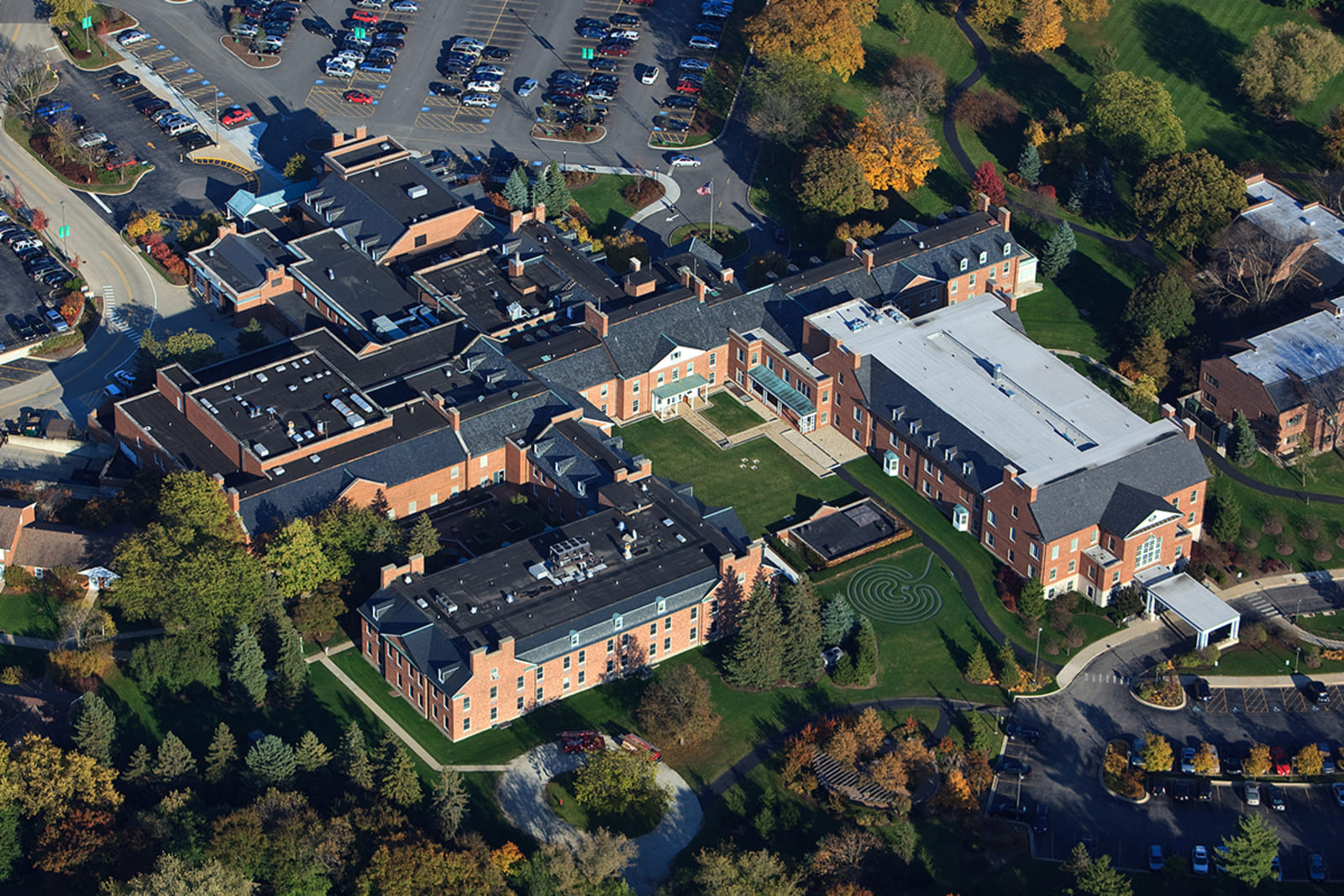
It is important to let patients admire the beauty of nature and beautiful landscaping not only from the window but also let them leave the healthcare facility and breathe in fresh air beside it. A hospital should be visually appealing and give a feeling of serenity and calmness. Moreover, nature helps sick people recover better and relieve stress, so the territory design around the hospital is crucial as well.
Not only the healthcare indusry but also the design of facilities keep on evolving incessantly, so we can observe significant changes taking place in their construction and design. Therefore, experts introduce new approaches how to improve healthcare facilities and develop netter architectural strategies for achieving these goals.
